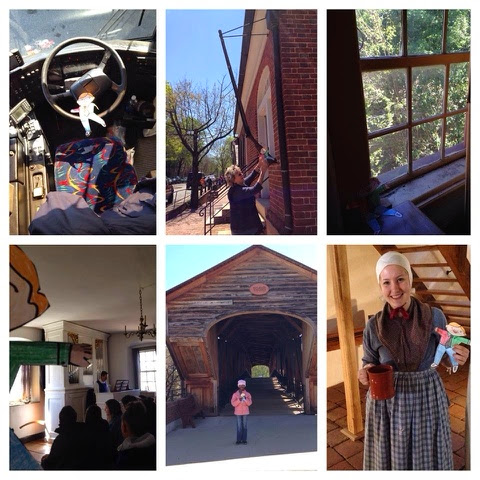Looking ahead....EOGs are May 20-21. Your child's homework may look a little different over the next few weeks as we prepare for testing. We are focusing in various test taking strategies in the classroom too.
In language arts we are delving into various types of literature as we look at test prep as a genre. What that means is we will focus on one topic (inferences and context clues are the two most recent) and practice that skill in different genres ( fiction and non fiction). We are looking at lots of different texts. Some books we will read through entirely, or we may just look at a few pages and dissect them depending in the skill for the day. We will be doing these kinds of lessons for the next 2 weeks and then we will begin practicing reading and breaking down test prep passages similar to the Eog passages and questions the will see.
In writing we are wrapping up our book reviews and will begin a new PROBE. This new PROBE will be based off electricity and magnetism. We will spend the bulk of this week researching and gathering information. Most of this will be done online. The class has had lessons in media and computer on conducting online research. Since this is the third PROBE we have done, the expectation is higher this time and students are expected to have 3 paragraphs with at least 3 facts in each paragraph.
In science we are still working with electricity and building circuits. We have been introduced to a switch and created a circuit to make a motor run. We will begin looking at the difference between parallel and series circuits as we modify the basic format.
In math we just wrapped up metric measurement and now we are working with customary measurement. Most if this is straight memorization, so please encourage your child to keep practicing.











